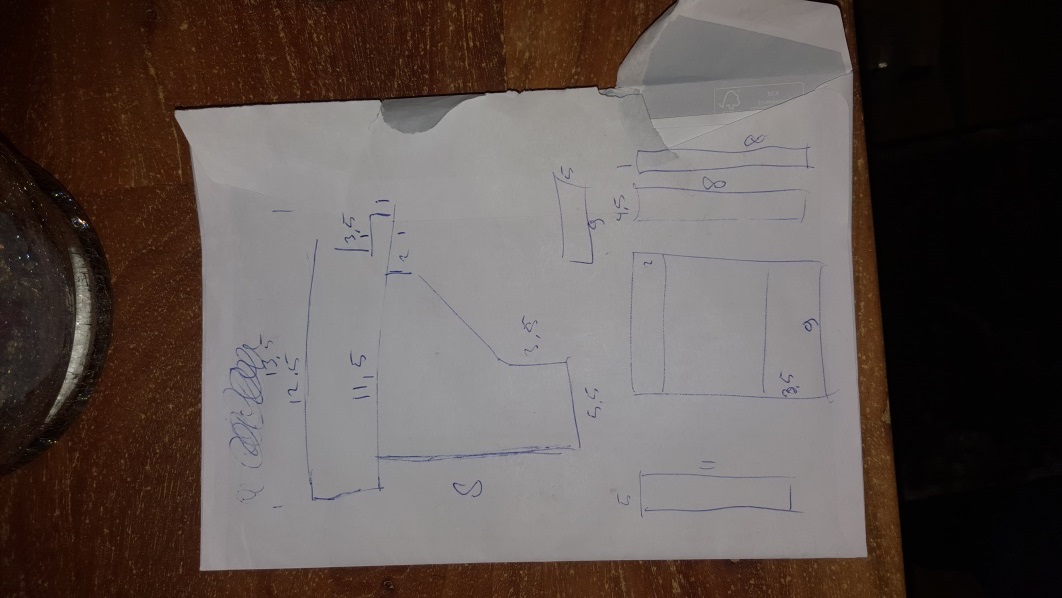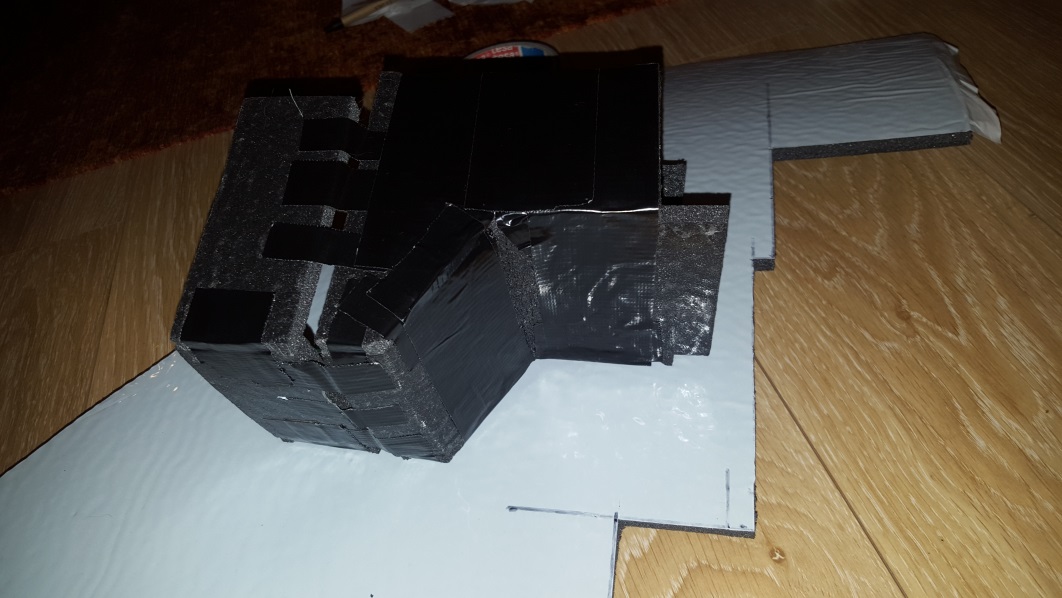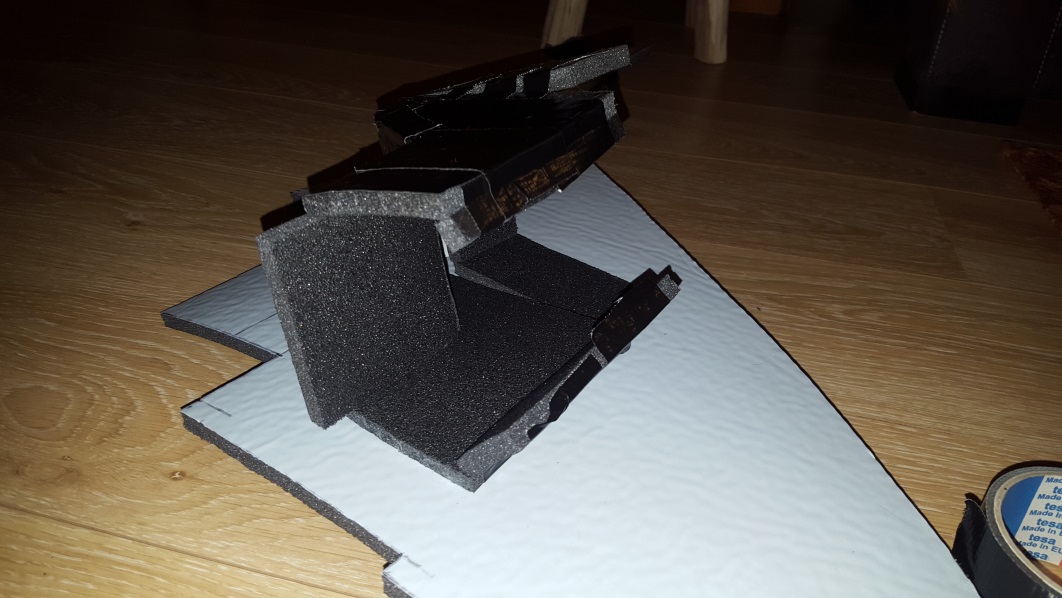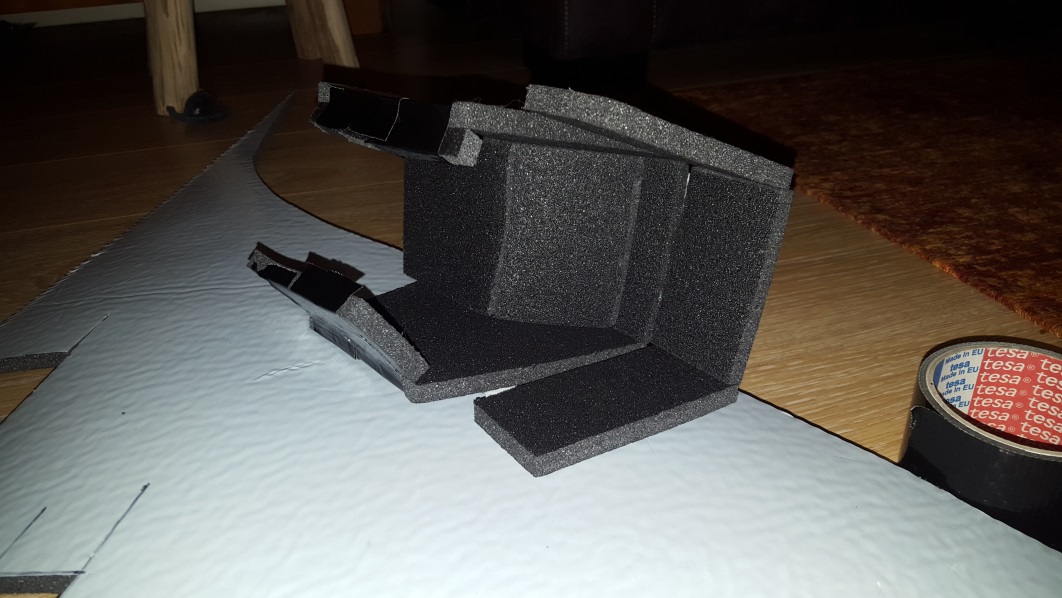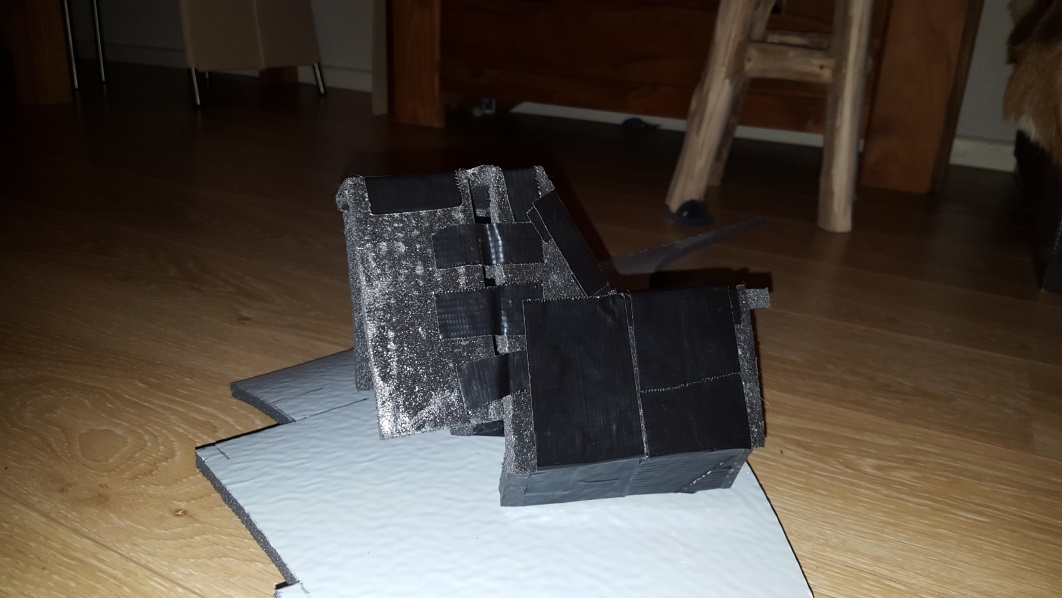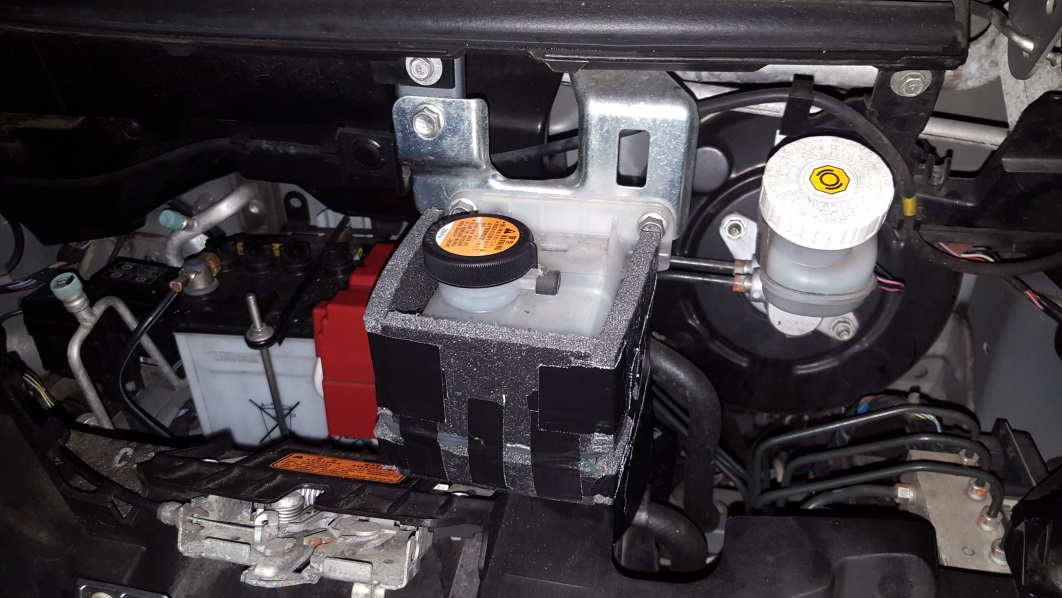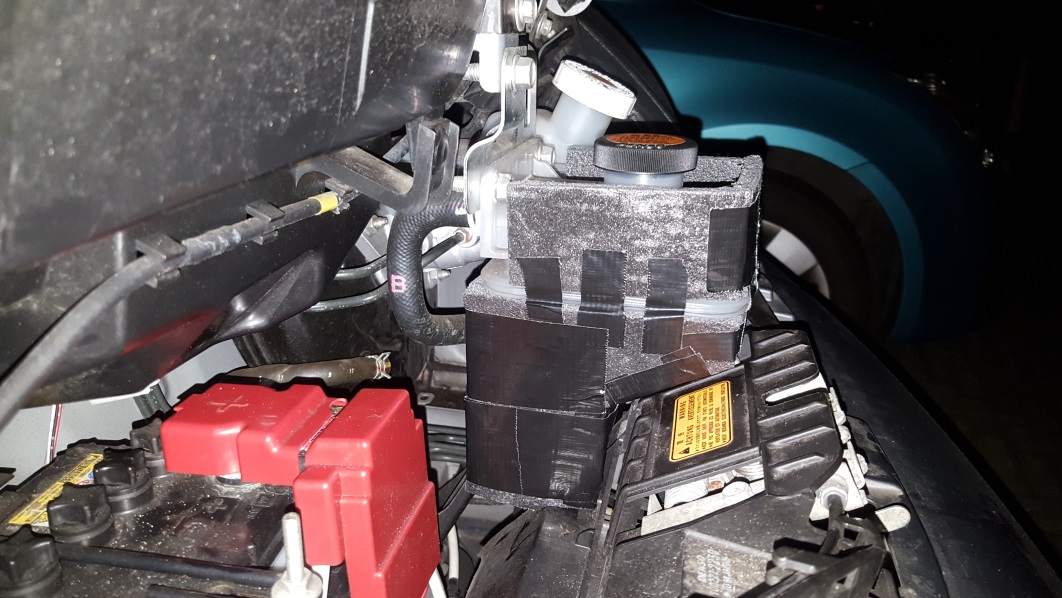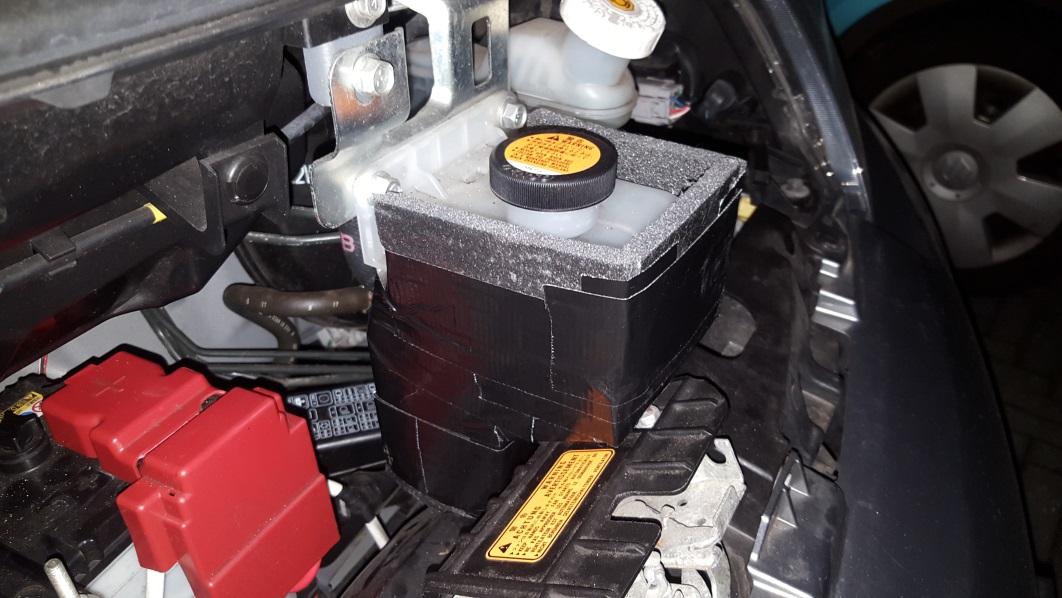sandange
Well-known member
What's Wrong with this Picture?
A member from The Quebec EV forum (AVEQ forum) decided to do a test in order to preserve and help boost cabin heat.
This blocking the grill approach is often used on Ice trucks and cars.
I have serious doubts about this action for an EV.
So what's wrong with these pictures?
Scroll down to the posting with the photos posted by "adam"
http://menu-principal-forums-aveq.1...-proprietaire-d-une-I-Miev-tp38457p39024.html

The text translation from French is
(Quote) For my part, I'll do a test this year to see if blocking the front grill will assist cabin heating
There must be a release agent and you need to block the small holes before applying the foam
The can of foam that I used was cheap but was not worth much to produce a bubble-free mold.
So I had to cover the open grill shape with Black Duck tape.
I added double-sided tape to be sure I did not lose on the road.
It's not perfect, but acceptable to validate the concept .
We see a positive improvement, but I'll wait for several cold days in line row to quantify the difference. (end Quote)
Open to your thoughts....
A member from The Quebec EV forum (AVEQ forum) decided to do a test in order to preserve and help boost cabin heat.
This blocking the grill approach is often used on Ice trucks and cars.
I have serious doubts about this action for an EV.
So what's wrong with these pictures?
Scroll down to the posting with the photos posted by "adam"
http://menu-principal-forums-aveq.1...-proprietaire-d-une-I-Miev-tp38457p39024.html

The text translation from French is
(Quote) For my part, I'll do a test this year to see if blocking the front grill will assist cabin heating
There must be a release agent and you need to block the small holes before applying the foam
The can of foam that I used was cheap but was not worth much to produce a bubble-free mold.
So I had to cover the open grill shape with Black Duck tape.
I added double-sided tape to be sure I did not lose on the road.
It's not perfect, but acceptable to validate the concept .
We see a positive improvement, but I'll wait for several cold days in line row to quantify the difference. (end Quote)
Open to your thoughts....




